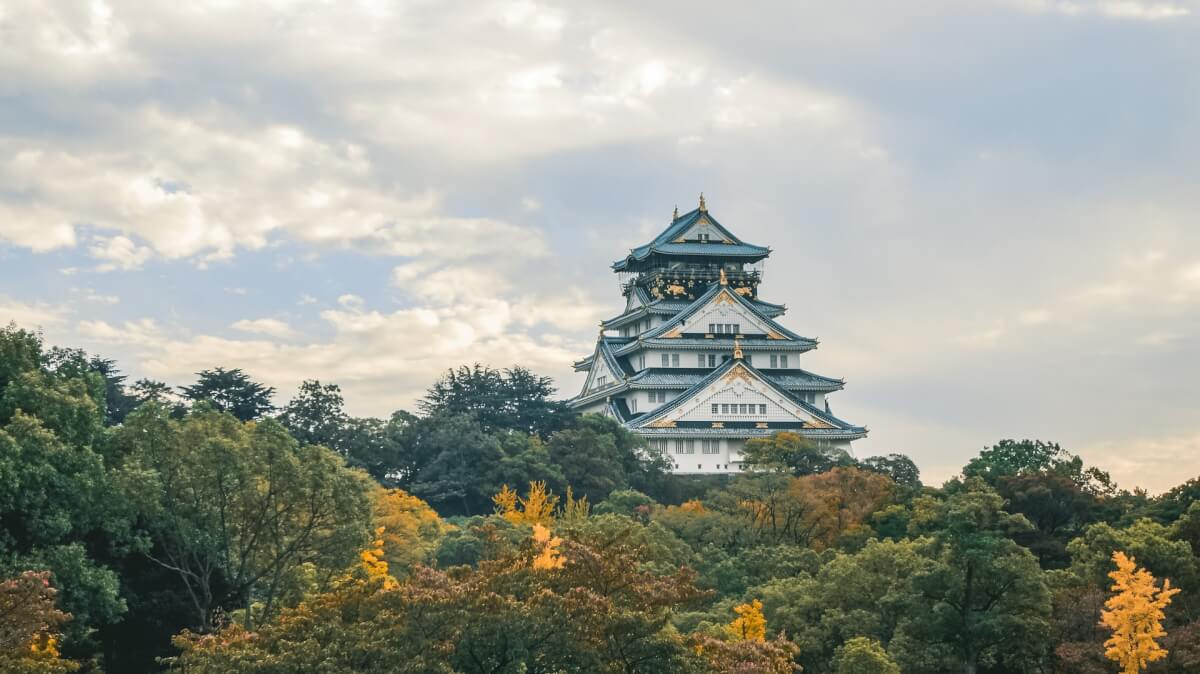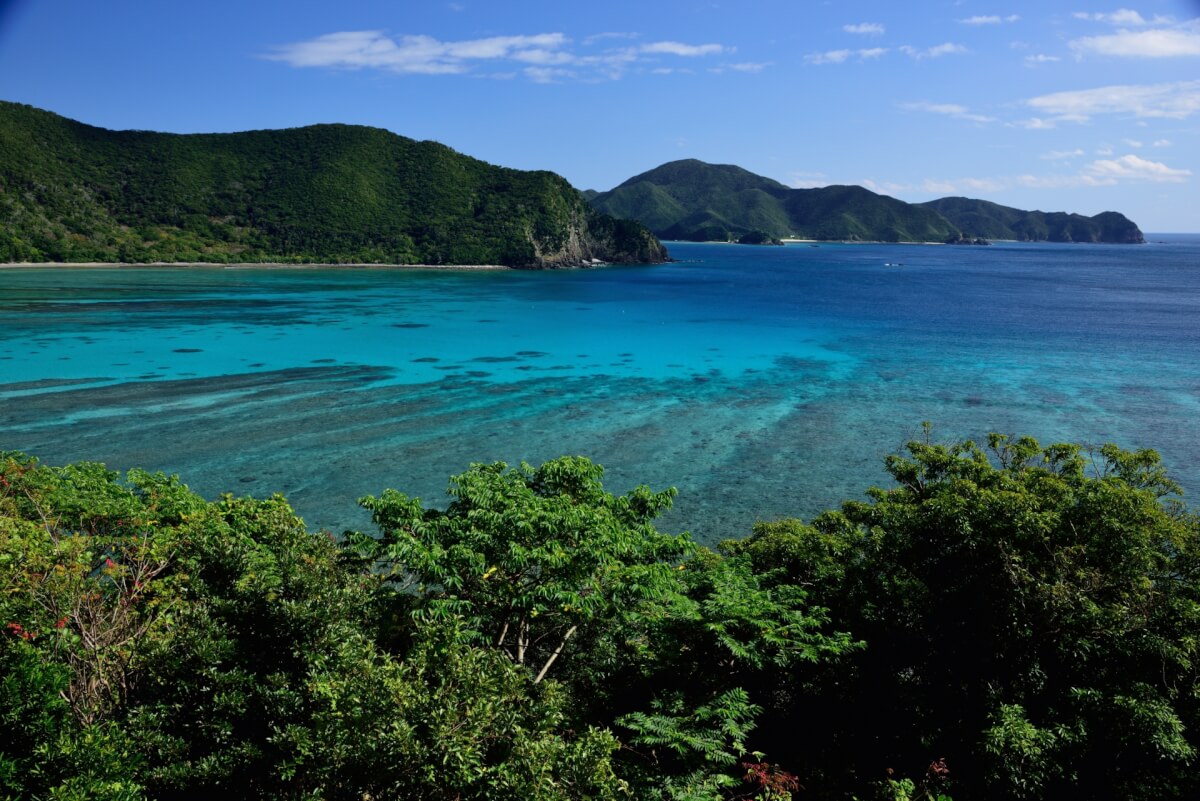Traditionally, Japan can be divided into nine regions. Subsequently each region consists of several prefectures. The regions are based on their geographical and historical background but do not function as administrative, independent regions. Each region has its own dialect, customs, and unique traditional culture, and different regions can offer striking contrast in everything. For example people from Osaka (Kansai) are known to be more direct than people from Tokyo (Kanto), but also the cuisine and traditions can be very different.
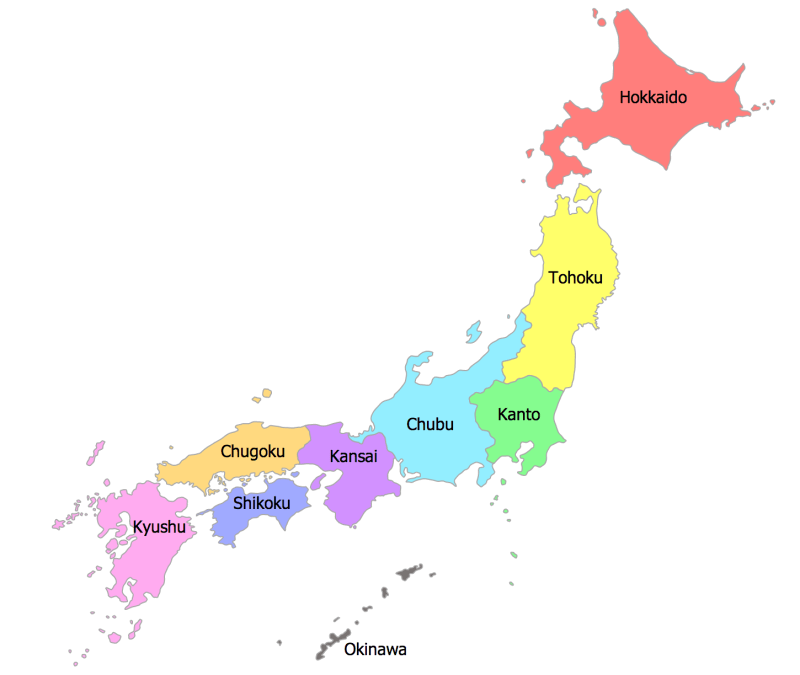
Tohoku Region – 東北地方
What impression do you have of the Tohoku region? Is there something that comes to mind when you hear the word? Most internationals had no idea or knowledge about the region until they heard the news about the big earthquake that hit the area in 2011, also known as the Tohoku Earthquake. Although it is true that people living there have suffered from several difficulties after the unforgettable disaster, but there are so many beautiful, unique and amazing places to visit. The area is much more than just the site of the earthquake and the nuclear accident that followed. Each prefecture in the region has a number of tourist attractions that are great to visit. In this article, we will give you an overview of each area and its tourist spots you shouldn’t miss!

How to get to the Tohoku region from Tokyo

The Tohoku region consists of six prefectures and they can be divided into two areas based on their location; four prefectures on the Pacific Ocean side, and two others facing the Sea on Japan. If you start your trip from Tokyo, taking the bullet train called the Tohoku Shinkansen is the easiest way to get to all of the prefectures on the Pacific Ocean side. It only takes one and a half hours to reach the first destination, Fukushima prefecture.
For Yamagata and Akita, you need to take a different Shinkansen called the Yamagata Shinkansen or Akita Shinkansen. It might sound a little complicated, but both cities are accessible without a transfer and you can use the JR Pass to ride both Shinkansen lines. Just be careful not to take the wrong Shinkansen. Domestic flights are also available from major cities such as Tokyo and Osaka, but it requires you to take other public transportation from the airport to get to the center of the cities.
For more details and timetables, please visit the website here: JR-East Official Website
Highlights of Akita – 秋田
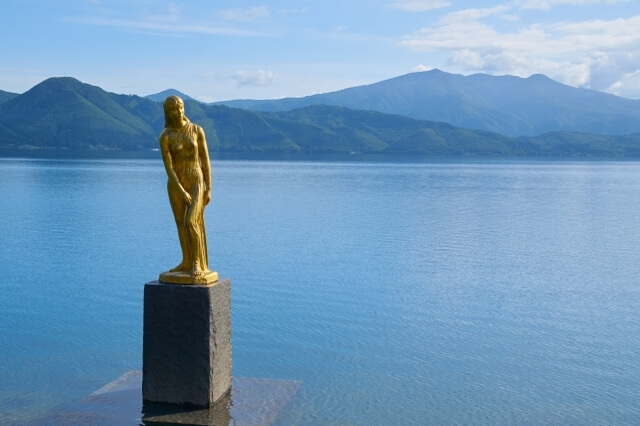
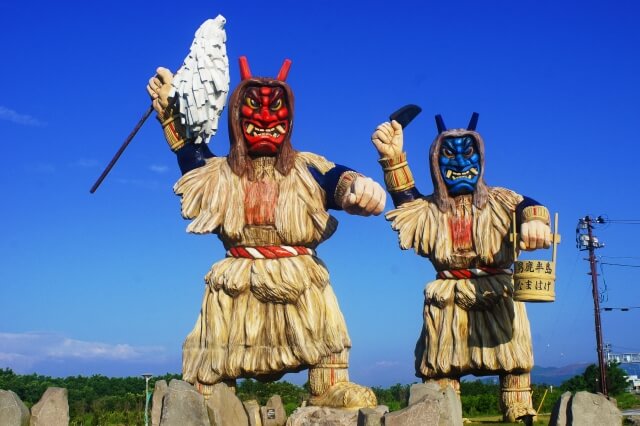
Akita is a mountainous prefecture which faces the Sea of Japan. It is located to the North of Yamagata, and known as a large producer of rice among other products. Although the severe climate typical of the Western side of Japan brings heavy snowfall in winter and a limited amount of sunshine during the day, it also offers some benefits such as great winter sport conditions and beautiful nature. It also has a number of hot spring resorts to relax at, some with amazing traditional atmosphere and buildings.
Lake Tazawa is the deepest lake in Japan with the iconic bronze statue called Tatsuko-zo. There are other enjoyable tourist spots around it, which makes the entire area a perfect location for a relaxing long stay for tourists. Kakunodate is a historical district where a number of Samurai residences back in the Edo era still remain. It is allowed to enter some of them and explore the inside filled with valuable exhibits. The landscape reminds the famous trip destination Kyoto, the ancient capital of Japan, even though the size of the district is relatively small and easy to walk around within a day.
Highlights of Aomori – 青森
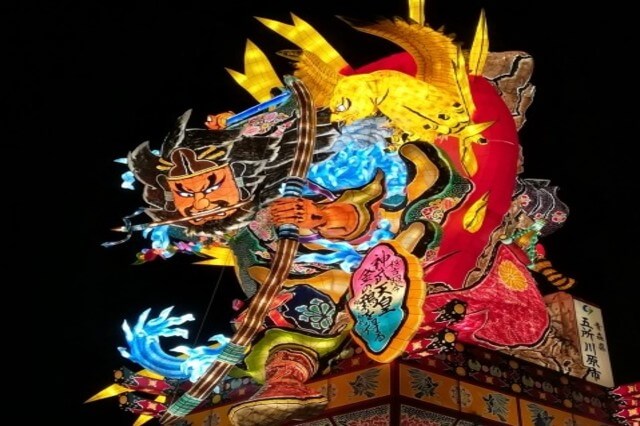
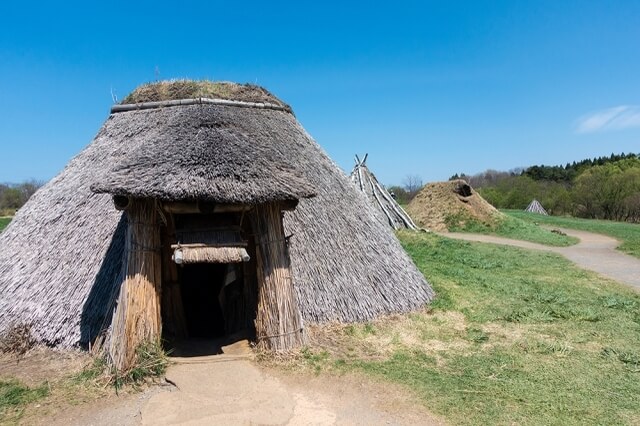
Aomori is the northernmost prefecture on the main island of Japan. It is a home to one of the biggest summer festivals in Japan which is called Nebuta Festival in which participants dance around the city while pulling the giant floats which represent famous warriors and the gods in Japanese mythology. Hirosaki Castle is another must visit situated in the heart of the city, which offers a memorable scenery with 2,600 cherry blossoms in spring!
If you want to visit more informative places, Sannai Maruyama Special Historical Sites enables you to discover the ancient living of people in Japan. It is an archeological site of an ancient village during the Jomon era in Japan. The reconstructed structures dating back around 5,500 are scattered in the 40 hectares site, and it gives you an incomparable experience that you can never have anywhere else.
Highlights of Fukushima – 福島


Fukushima is the closest to Tokyo amongst the Tohoku prefectures and has gained unintentional world wide fame because of the nuclear accident at the Fukushima Daiichi Nuclear Power Plant after being hit by the 2011 earthquake, an unforgettable tragedy. Some might think it is still dangerous to go to the area, but it has been rapidly recovering from the accident, and is slowly being restored to what it was like before the earthquake. In addition, a lot of effort has been made in order to preserve particular structures and sites which tell the truth of the tragedy to us so that we will never forget about it. There are still some places off limit until this day, but most of the area is safe to access and even live in.
Are you interested in seeing all of the progress that has been made since the 2011 earthquake and disaster, and even have the chance to enter the nuclear power plant? Join us on our tour of the beautiful coastal area with a guide who can explain everything, as well as meet the locals who experienced everything first hand.
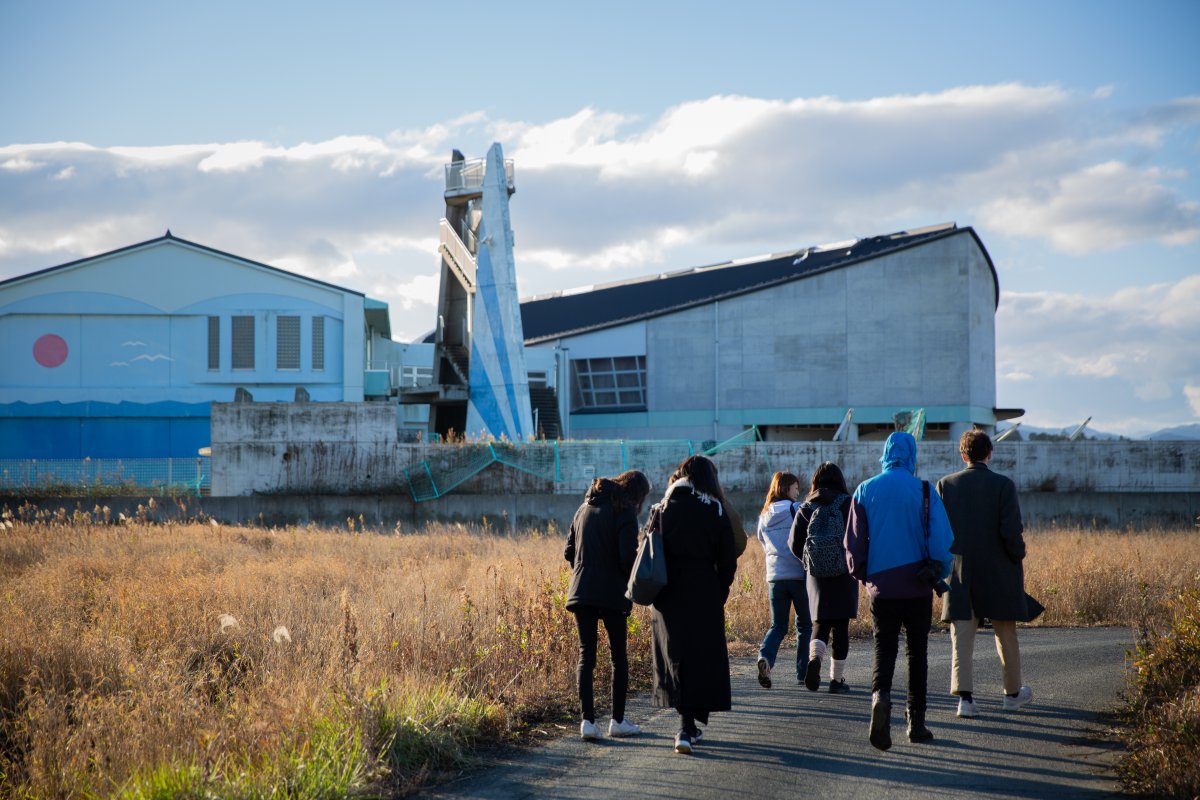
There are also a number of tourist attractions which weren’t damaged during the earthquake and following tsunami. Ouchi-juku refers to a specific street full of Japanese traditional houses. During the Edo era, it was used as a post station (also known as post town), which offered an accommodation for travelers. Exploring the area will makes you feel as if you have traveled back to the Edo era!
Goshiki Numa is another must-visit which is comprised of a cluster of ponds and lakes situated in Mount Bandai. The color of each pond is slightly different, and occasionally changes based on the climate and season. Please visit the article below to find out more about Fukushima!
Highlights of Iwate – 岩手
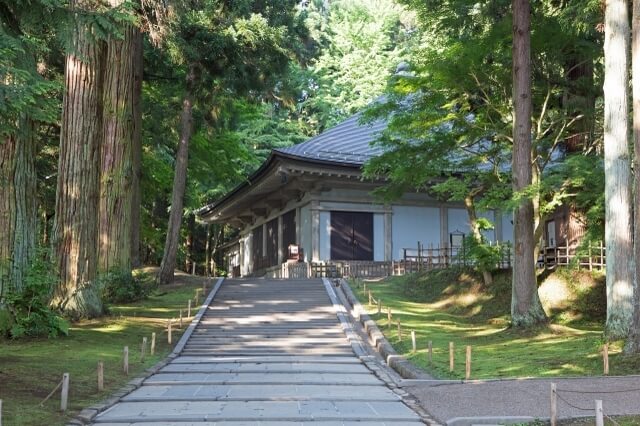
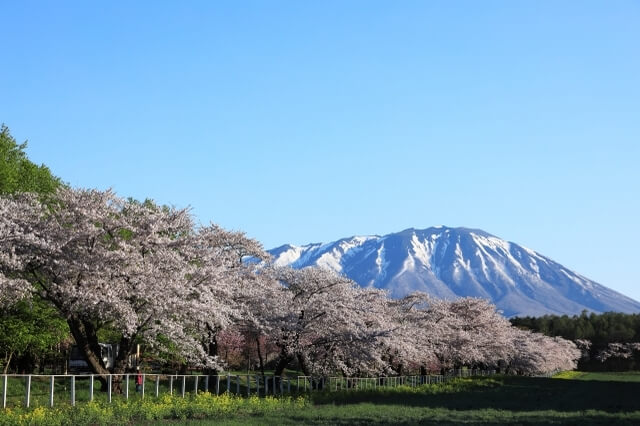
Iwate is the second largest prefecture in Japan following Hokkaido, and shares a border with Miyagi prefecture to the south. It also faces the Pacific Ocean, and received a tremendous damage by the disastrous tsunami and the earthquake in 2011. Although the entire prefecture is designated as a heavy snowfall area, the amount of snow they have annually varies depending on each area.
If you have never traveled to Iwate before, the first destination you should put in your itinerary is Chuson-ji Temple. It is a Tendai Sect Buddhist temple dating back to 850. The highlight of the temple is a golden hall called Konjiki-do, which is listed among the National Treasure in Japan and UNESCO World Heritage Site.
Ryusendo Cave is also worth visiting, it has the deepest underground lake in Japan with the mysterious atmosphere. Iwate also offers a great environment for animals with its geographical advantage suitable for running farms. Koiwai Farm is one of the most popular farms visited by around 700,000 people every year!
Highlights of Miyagi – 宮城


Miyagi is the most urbanized prefecture in Tohoku region with its over 2 million population. It faces the Pacific Ocean, and the prefectural capital called Sendai holds almost the half of the whole population. It was in the Sengoku era, which refers to a specific time in the middle ages in Japanese history, when it started to grow as a powerful clan under the control of Date Masamune, the first feudal lord of the Sendai clan. While it still continues to develop and become more urbanized, there are a lot of well-preserved historical sites related to the Date family.
On the other hand, it has a number of beautiful parks and relaxing spots full of nature. Matsushima is the most recommendable one, which is the cluster of around 260 islands floating on the Matsushima Port. It is officially listed among the three most scenic spots in Japan. A comfortable cruise tour is also available, which enables you to observe each island closely with excitement!
Highlights of Yamagata – 山形
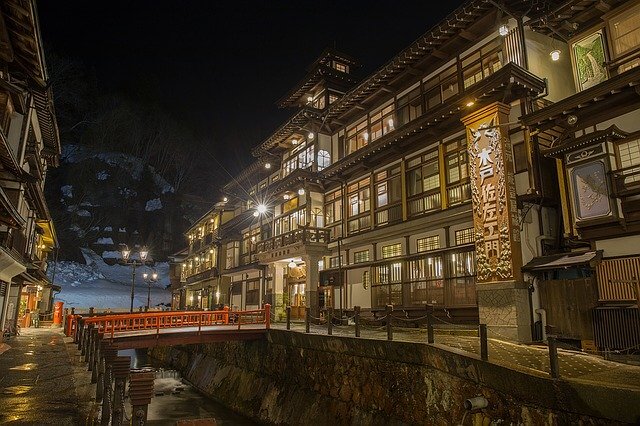
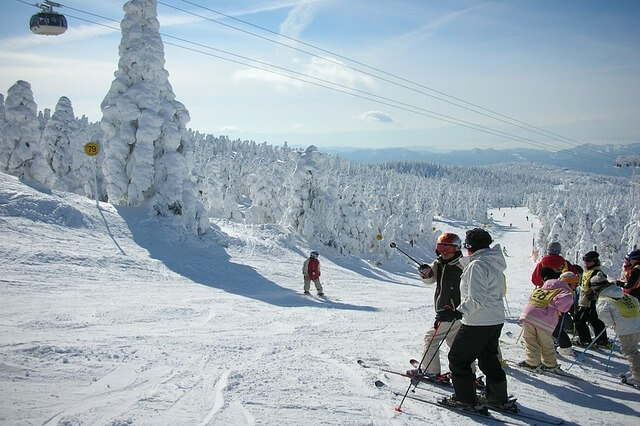
What you can’t miss during your stay in Japan are onsen; amazing hot springs which help you unwind and recover from the exhaustion from a long trip and give you a beautiful, soft skin. Yamagata has numerous hot spring resorts, and Zao Onsen and Ginzan Onsen are perfect options for onsen beginners! Not only the hot springs itself, but also the landscape and other activities available there make your stay even more enjoyable! Just like other areas facing the Sea of Japan, Yamagata receives heavy snowfall in winter, which makes it a famous winter sports resort as well.
It may surprise you, but about the 85% of the area of Yamagata is said to be occupied by the forests and the mountains. This unique feature has created several historical spots where you can feel the sacred atmosphere of the mountain worship continuing over centuries. The traditional temples and buildings standing there will help you understand the deep side of Japan along with onsen experience!
It may be a bit tough to convince you to add Tohoku to your list of destinations if you have never been to Japan before. However, you can add them to your itinerary along with other typical tourist destinations like Tokyo, and make a better plan with our helpful tours! We hope you have learned a thing or two about the Tohoku Region with our guide of the best places to visit, and that we may have inspired you to make a trip up north.
Japan Wonder Travel Tours
Japan Wonder Travel is a travel agency that offers guided tours throughout Japan.
From private walking tours to delicious Food and Drink tours, we can help you organize the best tours just for you! If you want to explore Japan and learn more about the history and backstories of each area you are visiting, our knowledgeable and friendly English speaking guides will happily take you to the best spots!
In addition, we can provide you with any assistance you may need for your upcoming trip to Japan, so please feel free to contact us if you have any questions or need some help!
▶Tokyo Tsukiji Fish Market Food and Drink Tour
Explore the most lively and popular fish market in Tokyo and try some of the local’s favorite street foods and sake with one of our friendly and knowledgeable English speaking guides!

▶Tokyo 1–Day Highlights Private Walking Tour (8 Hours)
There’s no better way to explore an area than taking a tour with a knowledgeable local guide. You will have the chance to learn about the history and interesting background stories of Tokyo, as well as discover some hidden gems which can be hard to do without a guide.

▶Mt. Fuji Day Trip Bus Tour from Tokyo
Experience the breathtaking views of Mt. Fuji by visiting the highlights of the area on our guided sightseeing bus tour! Departing from Shinjuku in central Tokyo, you can travel comfortably to all of the best spots in the area by bus.

▶Kyoto Private Full Day Walking Tour
On this full-day private tour of Kyoto, you will be able to see the highlights of Kyoto in just one day and at the same time develop a deeper understanding of both the culture of the area and Japan as a whole.

Follow us on Instagram, Facebook, Twitter, and TikTok for more travel inspiration. Or tag us to get featured!
Happy traveling!
Stay informed of the best travel tips to Japan, the most exciting things to do and see, and the top experiences to have with the Japan Wonder Travel Newsletter. Every week we will introduce you to our latest content.
Other articles for your Tohoku trip



